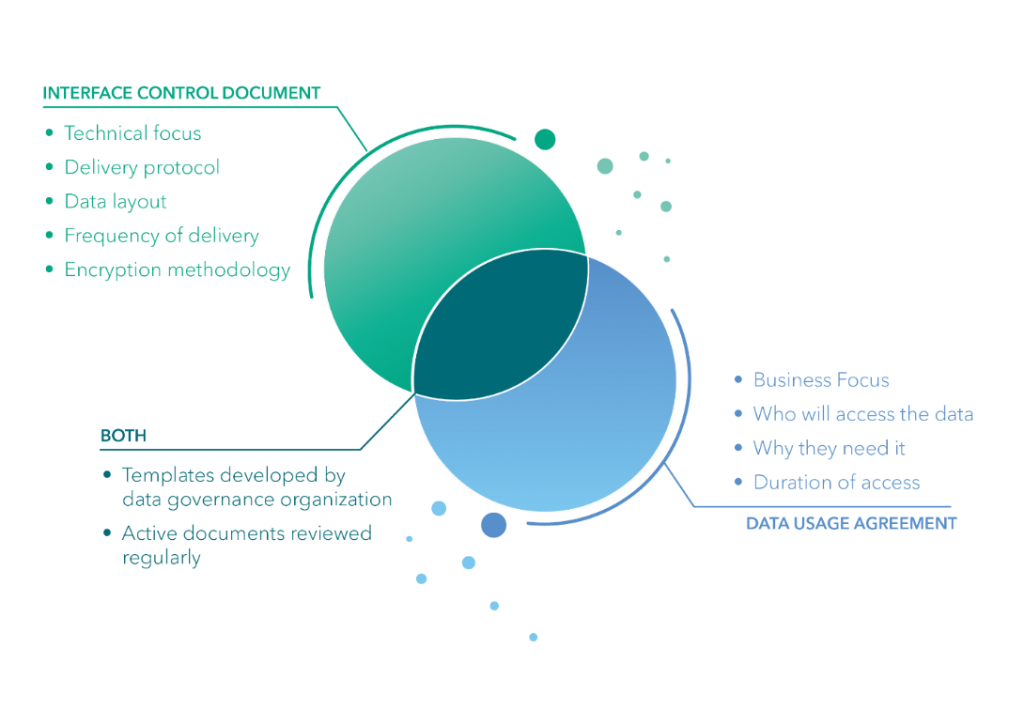
Encouraging data sharing can sometimes feel like refereeing kids on Christmas morning.
“Mom said you have to SHARE!” my sister bawled, grabbing at the Game Boy in my hand as I held the toy just out of her reach. I had just gotten it as a Christmas present and had been playing Tetris all morning with no intent on stopping now. In my mind, there was no reason to share. What if she broke it, or deleted my save, or ran the batteries down, or lost it on the bus. It was my present, if she wanted one she should have asked for it. I wanted to protect my Game Boy, and that made sharing it scary.
No doubt similar stories play out every Christmas season in homes across the world as children learn one of life’s most basic lessons – how to share.
Today as adults we get together at holidays and laugh at our childhood high jinks, yet as IT professionals we still haven’t learned to share very well. “Silo sprawl” has become rampant. Often, we don’t even know what data assets exist within our enterprise let alone have access to them. Sharing is an important skill, especially with data. Data is the key to information and insight. It is the lifeblood of our growing digital world.
Can a data scrooge be redeemed?
Examples like that child support one can be hard to come by. At the recent National Association of State Chief Information Officers (NASCIO) conference, CIOs talked about the difficulty of modernizing a state enterprise. California CIO Amy Tong said modernizing technology is "more straightforward" than updating business processes. While she feels the effort to update processes is well worth it, moving the organization and its people toward transformation is cumbersome and time-consuming.
The needs of the modern enterprise include the ability to exchange data both internally among departments as well as externally with other agencies, governing bodies, and the public.
An established data governance organization is a mandatory prerequisite for efficient data sharing. We need a centralized governing body to accept requests, approve access, and ensure accountability.
At the most basic level, any time data is shared, two partner documents are created and maintained to govern its usage; the data usage agreement (DUA) and the interface control document (ICD). The data governance council develops templates for these documents, approves requests, and reviews them regularly to ensure necessity and compliance.

The foundation of exchanging data is the data usage agreement. Any time data is coming into or leaving the organization there needs to be a documented understanding of how the data is exchanged, how it is used, and who has access to it. This information is incorporated into a DUA that serves as a living document, updated as business needs change.
The technical counterpart to the data usage agreement is the interface control document. Each flow of data coming into or out of the system has this technical specification governing how and what data is transferred. This document lays out frequency, technical protocol, encryption methodology, layout of the data, etc.
One clear benefit of data sharing is enabling us to punch above our siloed weight by making large, or expensive-to-collect, datasets available to all. In this way, data sharing opens previously unforeseen insights and new avenues of understanding. This increases the return on investment from advanced analytics tools which use artificial intelligence and machine learning to identify yet undiscovered insights.
Hunting down delinquent dads with better data sharing
I stumbled across a clever example of data sharing where a state was trying to track down men who were well behind on child support payments. To avoid paying, these individuals simply moved to a new address. The HHS agency had access to several data sets, but even DMV data was of little help as nearly a decade can pass before individuals were required to update their license.
Then one investigator had an idea: being a mostly rural state, a significant percentage of the male population hunts. When a person applies for a hunting license and tags, the Department of Natural Resources requires an address. Perhaps these delinquent dads would be giving current addresses on their hunting applications – if only she could get the data!
Working through their data governance organization, the address data was requested, approved, and integrated allowing the investigator to find updated addresses for a substantial percentage of her target population. This example of inter-agency collaboration illustrates the power of data sharing.
So, let's be a little less miserly this holiday season, break down some barriers, and share our data. To get in the spirit, check out the 5 essential components of a data strategy.
Just as moms oversee the sharing of toys between siblings to encourage mutual gain, a well implemented data governance organization enables the sharing of data to create mutual benefit. You never know just how much your data might mean to someone else.
